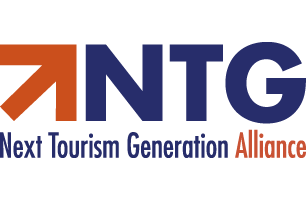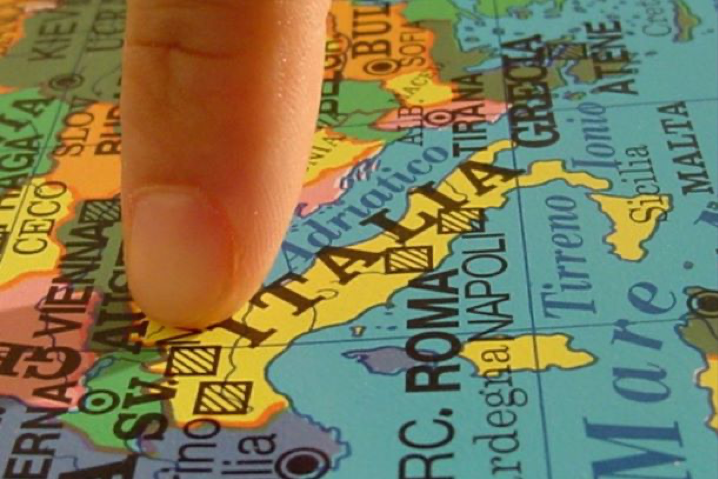Digital and training: The Government and Chamber system initiatives to relaunch Italian tourism
Travel and tourism have been among the sectors hardest hit by Covid-19. In Italy, the pandemic has impacted a sector that was already suffering from the effects of ineffective public management and decades of structural delays, despite tourism being one of the domestic economy’s strategic assets, representing13% of GDP and the highest number of employees in Europe.
The post-Covid relaunch therefore constitutes a unique opportunity to – compensate for the losses of 2020 but also to overcome previous limits and delays, – creating a sector that could constitute the country’s “fuel” to be more efficient. All this could be achieved through public policies aimed at digitization and training.
Losses in the tourism sector in 2020
According to the surveys of theChambers of Commerce Observatory on the Economics of Tourism, – visitor numbers decreased in 2020 by 64% in Italy over the previous year, while revenues deriving from tourism spending dropped by 53 billion euros compared to 2019, mainly attributable to the sharp reduction in international – visitors in the summer months (with peaks of -73%). During the year, 75% of the rooms available in hotel and non-hotel accommodation remained unsold: it – improved a little only in the months of July and August, when the average occupancy rates of the rooms reached 46% and 69% respectively.
The modest summer recovery was almost exclusively linked to domestic tourism: 27 million Italians who took vacations – chose nearby destinations, the impact of which only minimally compensated for the overall economic loss. The cities of art, the destinations that are most chosen by foreign visitors in particular were hit hard, the – places that up to 2019 – received 38% of tourist flows.
With the persistence of the pandemic crisis, the first months of 2021 unfortunately seem to confirm the trend of last year, with indications of losses equal to about 64% of Italian visitor flows and 85% of international ones, with a further – revenue loss estimated at around 8 billion euros. The expectations and concerns of sector operators are now focused on the – forthcoming summer season: the most recent surveys indicate that more than half of Italians aged over 18 -are planning a holiday for 2021; of these, 80% -identify Italy as one of their destinations, as soon as conditions permit.
A new Ministry for Tourism
To counter the huge losses suffered by the sector and systematically address the relaunch of the tourism sector, Italian Prime Minister Mario Draghi has decided to create a dedicated Ministry of Tourism, entrusted to Massimo Garavaglia.
新部长的work agendaincludespriorities such as a non-repayable investment plan for the modernization of accommodation facilities, initiatives to facilitate access to credit, tax concessions, a plan for promoting the Italian brand in the world, investments focused on sustainable tourism, and, above all, digital development.
–
The Minister intends that digital development, in particular, will be, – the driving force behind the relaunch. The focus is entirely on what has already been defined as thedigital revolution, -seen asagreat opportunity to –bring added value to the entire supply chain.
But that’s not all. Garavaglia is designing a realdigital “ecosystem”for the tourism governance of the Italian destination: a consolidator of all offers, including territorial and private ones, of all portals and applications concerning tourism, a showcase that also gives users the ability to plan and book – they are Made in Italy holidays. Another goal is to open up this large amount of data to the ecosystem of start-ups that can operate in the field.
Obviously, this massive task of integrating digital platforms, implementing and updating content, as well as monitoring, will require the identification andtraining of qualified personnel. This confirming once more the centrality of digital skills and training in the tourism sector, especially in a post-pandemic scenario (as theNTGAproject is amply demonstrating)
The commitment of the Chamber system between digital and training
The -Chamber system is also making its own contribution to the relaunch of tourism through a wide-ranging catch-up operation, making full use of the potential of online training to retrain companies’ skills on general topics and on specific digitization issues.
In the second half of 2020, Unioncamere,Isnart– the national tourism research institute of the -Chamber system – and Chambers of Commerce organized a cycle of 70 web conferences in which 1,500 tourism businesses were involved. The protagonist of the meetings was a panel of 25 professionals, with specific skills in crisis management in the tourism sector. The webinars have provided useful tools for companies to – gain a perspective of the “tourism to come” and to – develop the tools necessary to re-calibrate the -organization and – retain their market performance, mainly through digitization.
Another interesting initiative involved thePID——操作——Punto箴言的网络the Chambers of Commerce to facilitate the digital transformation of businesses, and theMirabilia Network, the association of Chambers of Commerce that promotes cultural, food, and wine tourism and supply chains, – creating an integrated tourist offer of the territories included on the UNESCO World Heritage List. – Digital promoters, experts in experiential and cultural tourism, -created a cycle of training course webinars focused on the design, management, and innovative promotion of the experiential tourism offer.
Also, the “Digital Excellence”项目研讨会,由Unioncamerein collaboration with Google, -proposed tools and strategies to relaunch tourism, to encourage thedigitization of businessesmaking them aware of the need to bridge the digital skill gap in order to increase their competitiveness on both national and foreign markets. A cycle of webinars is currently underway, promoted in the territories by the local Chambers of Commerce, focused on tools, methods, and specific strategies to promote the tourist range, with the analysis of the evaluation tools of their reference market, CEO strategies, and social communication, etc.


No Comments